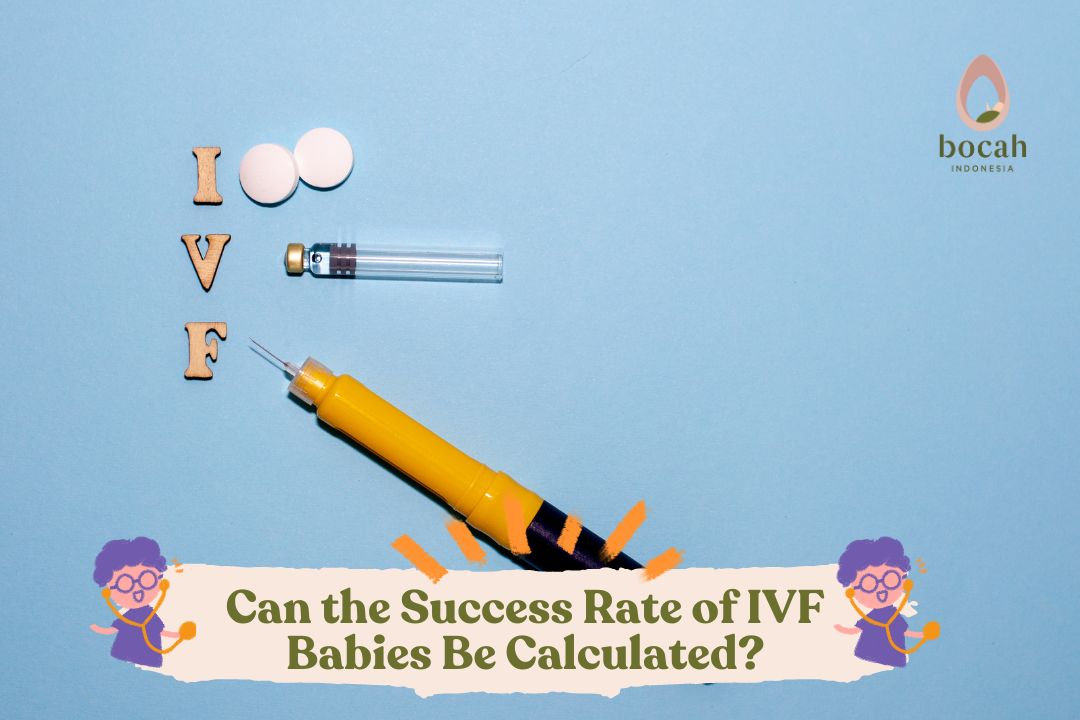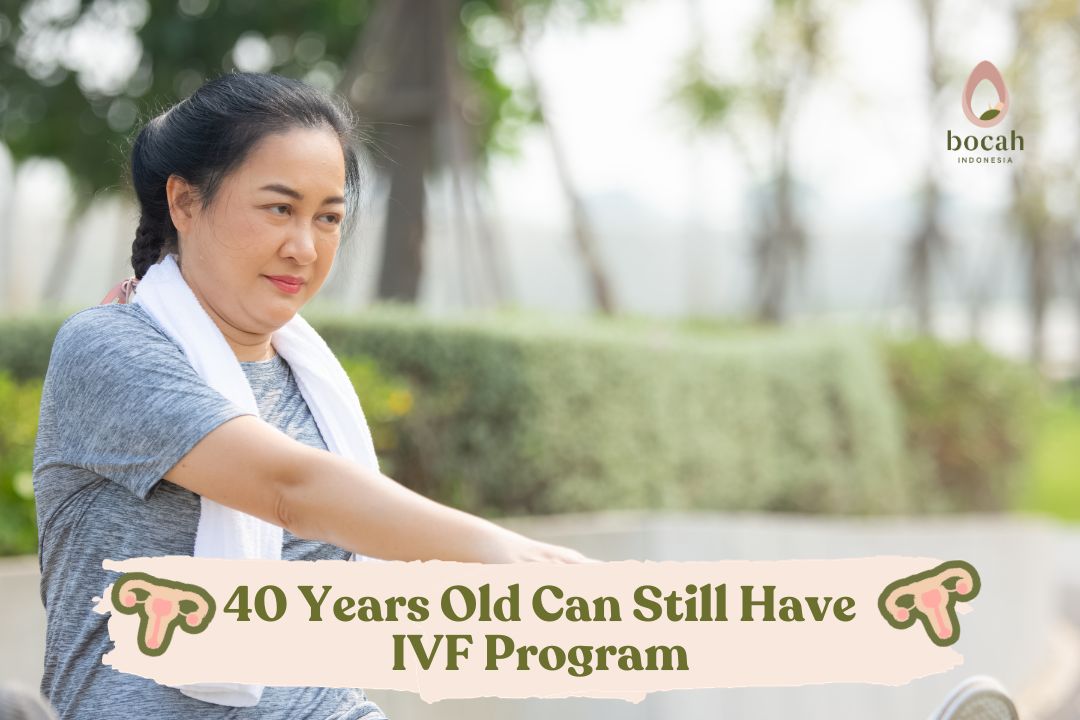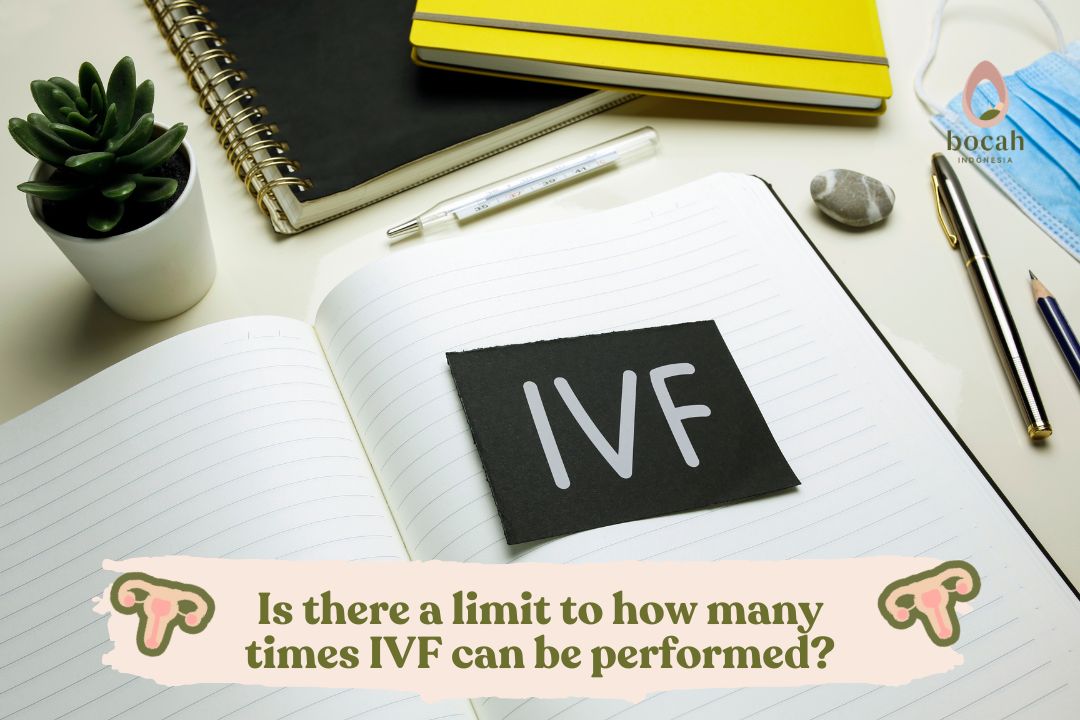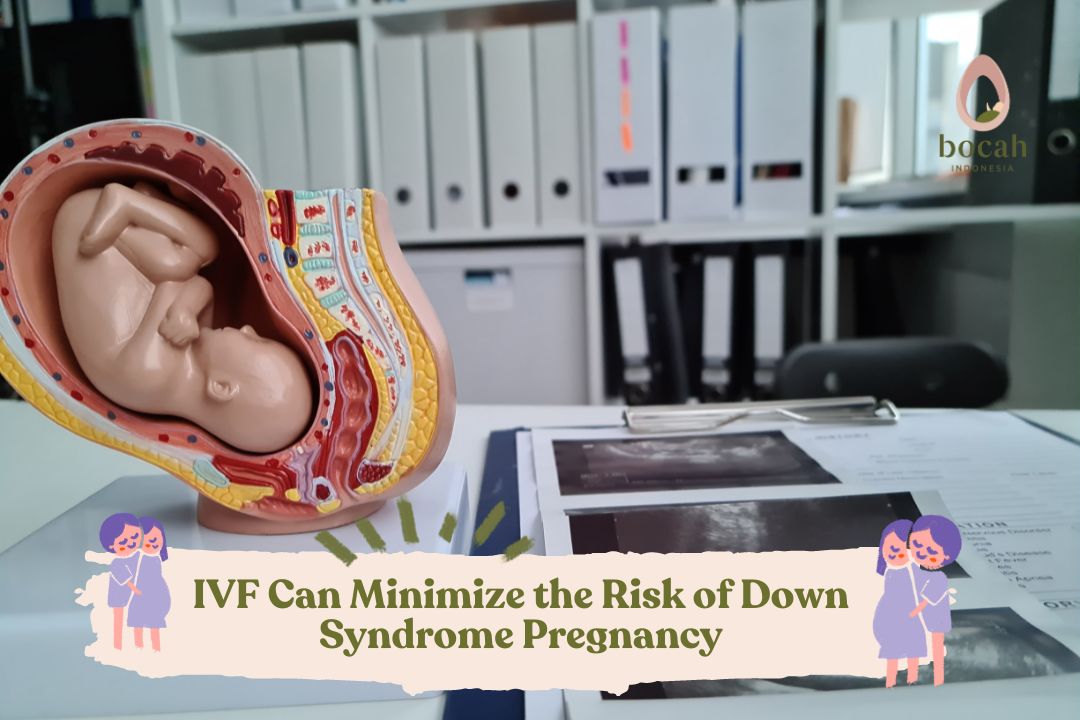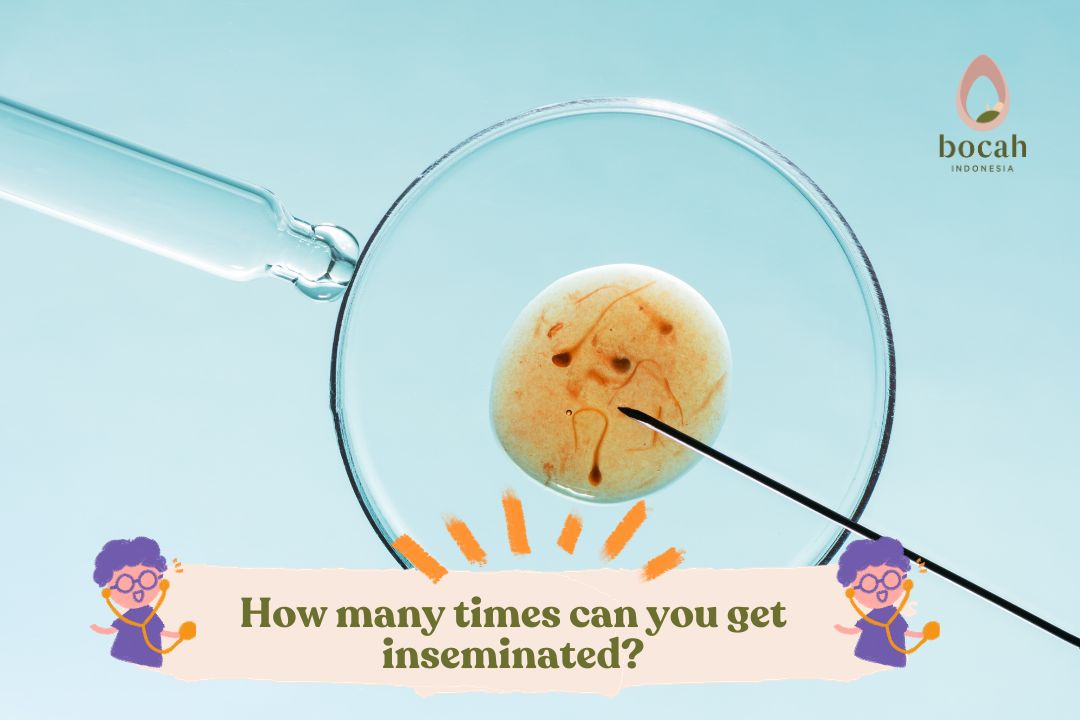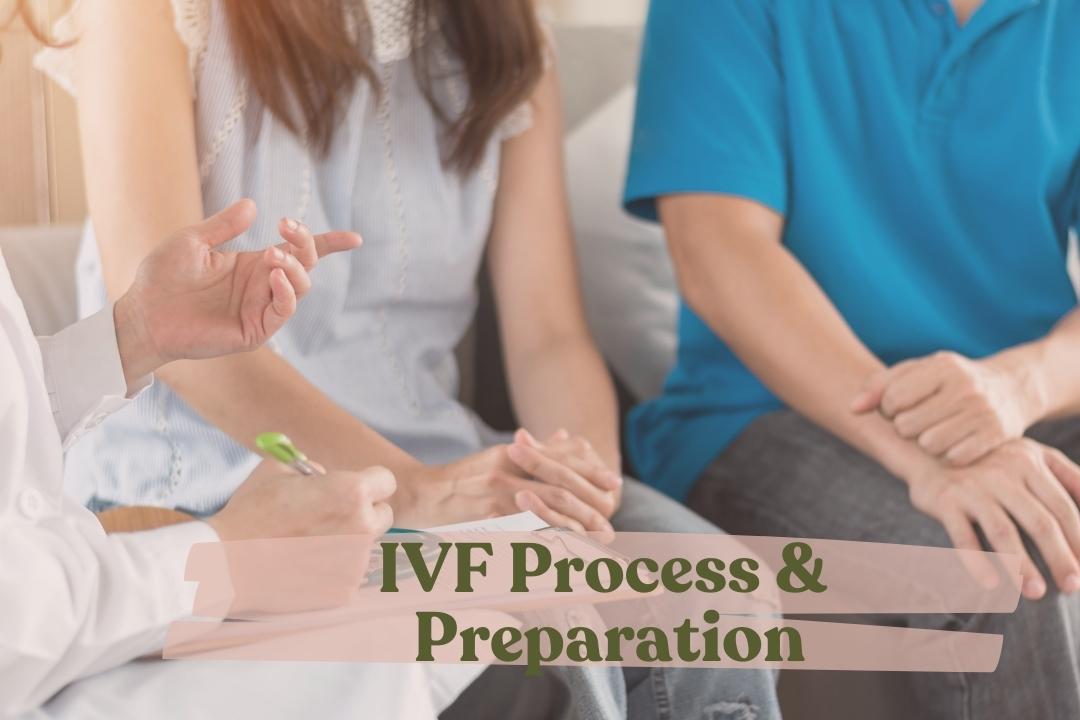Can the Duration of IVF Be Calculated?
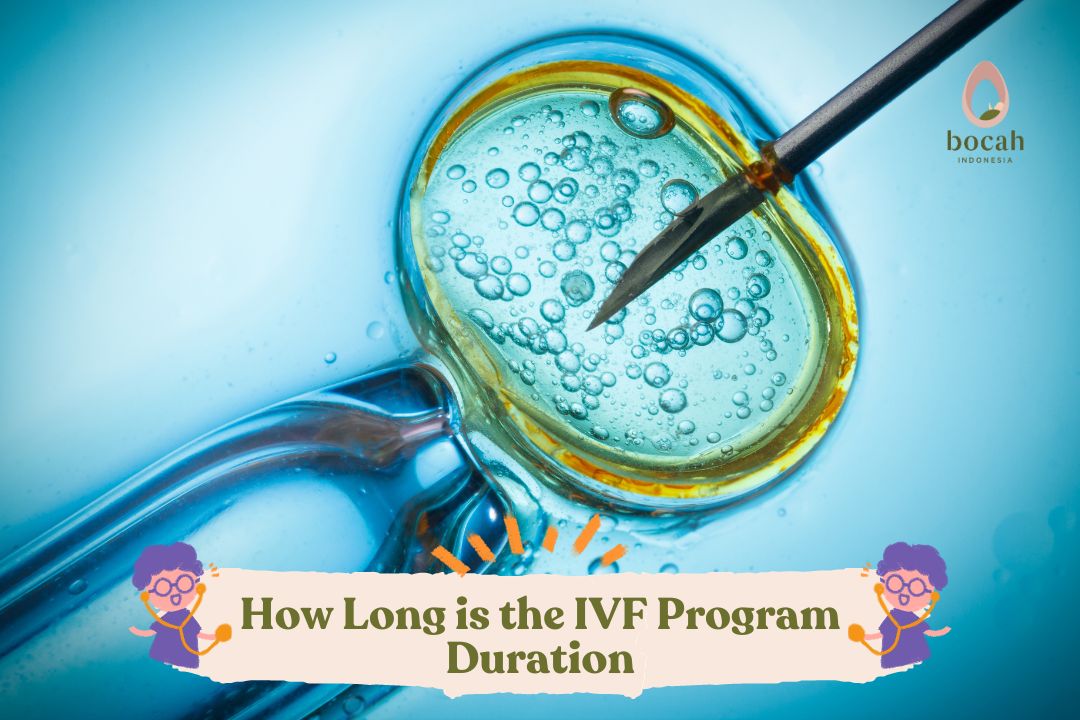
In-Vitro Fertilization (IVF) is one of the assisted reproductive technologies with a lengthy and time-consuming process.
For couples struggling to conceive, IVF is one of the options for having a child. This method is chosen when there are indications of fertility issues in the husband and wife that cannot be addressed through natural conception.
IVF or in vitro fertilization (IVF) is one of the assisted reproductive technologies. It’s important for parents to know that fertilization takes place outside the body, typically in a laboratory. The best sperm will be selected to fertilize the eggs, and the fertilized eggs will develop into embryos. These embryos will then be transferred back into the prospective mother’s uterus.
How Long Does the IVF Program Take?
In essence, IVF involves a fairly lengthy procedure, with each stage tailored to the individual patient’s condition. Here are some of the stages of the IVF program for parents planning this type of fertility treatment.
-
Examination. During this stage, an ultrasound is performed on the second day of the mother’s menstrual cycle to count the number of eggs. On the following menstrual cycle, further checks are done through ultrasound, blood tests, or diagnostic hysteroscopy.
Tanya Mincah tentang Promil?
-
Injection of egg-stimulating drugs. Injections to stimulate egg growth are administered to ensure the eggs are of optimal size and condition for fertilization.
-
Serial monitoring. When the egg size reaches the minimum size, typically 13 mm, an injection of anti-rupture medication is given.
-
Egg retrieval. The process of egg retrieval, also known as ovum pick up (OPU), is carried out 24-48 hours after triggering egg release.
-
Fertilization. Once the eggs have been retrieved and examined, they are prepared for fertilization, which can be done conventionally or through the ICSI method.
-
Embryo development. Eggs successfully fertilized will develop into embryos, and their progress is monitored on the first, third, and fifth days following fertilization.
-
Embryo implantation. Embryos that have been monitored for development are placed into the uterus. This process is called embryo transfer. If embryo implantation is not possible, embryos can be frozen.
-
Waiting for results. After the embryo transfer process is completed, the prospective mother needs to wait for about 2 weeks, known as the 2-week waiting (2WW) period. After this waiting period, a pregnancy test, including a blood test, is done to determine whether the embryo has successfully implanted or not.
To date, there is no precise estimate of the duration of the IVF cycle. This varies depending on the individual patient’s condition. If the husband and wife are ready, the cycle can proceed according to the estimation. In some cases, it may take longer due to improvements on both the mother and father’s side.
What Is the Success Rate of IVF?
In principle, the success rate of IVF depends on the mother’s age, the body’s response to treatment throughout the program, embryo quality, lifestyle, and the process of embryo implantation.
While IVF offers a relatively good chance of success compared to other assisted reproductive technologies, there are factors that can lead to IVF failure.
That’s the explanation regarding the duration of the IVF cycle that parents should be aware of. Essentially, the IVF cycle cannot be predicted and depends on each patient’s condition, so it’s advisable to consult with a doctor and have a check-up first.
Want to share this information with other infertility warriors? Let’s share this article and read related information on fertility, pregnancy programs, and more on Bocah Indonesia.
Source:
- Yland, J., et al. (2019). Methodological approaches to analyzing IVF data with multiple cycles. Human Reproduction, Volume 34, Issue 3, March 2019, Pages 549–557. https://academic.oup.com/humrep/article/34/3/549/5255722
- Smith, A.D., et al. (2015). Live-Birth Rate Associated With Repeat In Vitro Fertilization Treatment Cycles. JAMA. 2015;314(24):2654-2662. https://jamanetwork.com/journals/jama/fullarticle/2478204
- Center for Disease Control and Prevention. (2014). 2014 Assisted Reproductive Technology Fertility Clinic Success Rates Report. https://ftp.cdc.gov/pub/publications/art/art-2014-clinic-report-full.pdf


